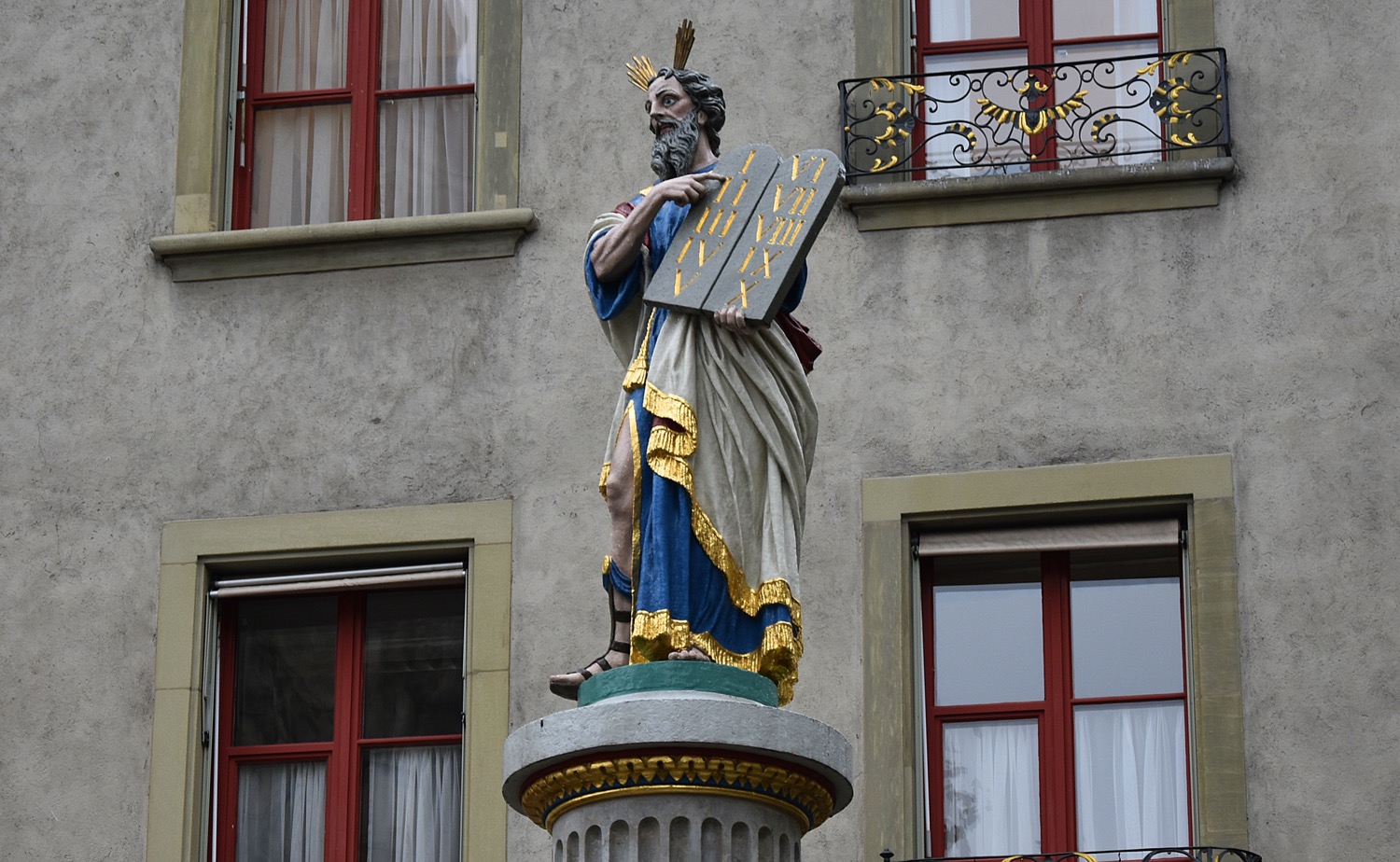Father Christmas
adminci2017-12-30T18:55:27+01:00Christmas often gets associated with Father Christmas, or Santa Claus, the bearer of good gifts.
The season of Christmas is particularly busy for department stores and shops as a big part of the yearly sale happens in the weeks leading up to Christmas. And indeed on Christmas eve and on the Christmas day itself during the the family celebrations gifts get exchanged while great food is eaten.
Father Christmas goes back to the Greek Nicolaus of Myra who was born in the 3rd century. He was originally a very wealthy man. During terribly difficult times he became a fervent Christian who gave all his possessions to the poor. He died on December 6. So in Switzerland traditionally on December 6 Saint Nicolaus turned up and gave gifts to children. But that keeps changing…
Nowadays in the US and many other places Santa Claus pops up with a pack of reindeers and a horse sledge. Also in Switzerland Father Christmas suddenly seems to be around during the whole Christmas season. The commercialised version of Santa Claus keeps pushing the original meaning of Christmas into the background.
So what is the meaning of Christmas? It’s not about commerce but about the greatest gift possible – the birth of Christ.


